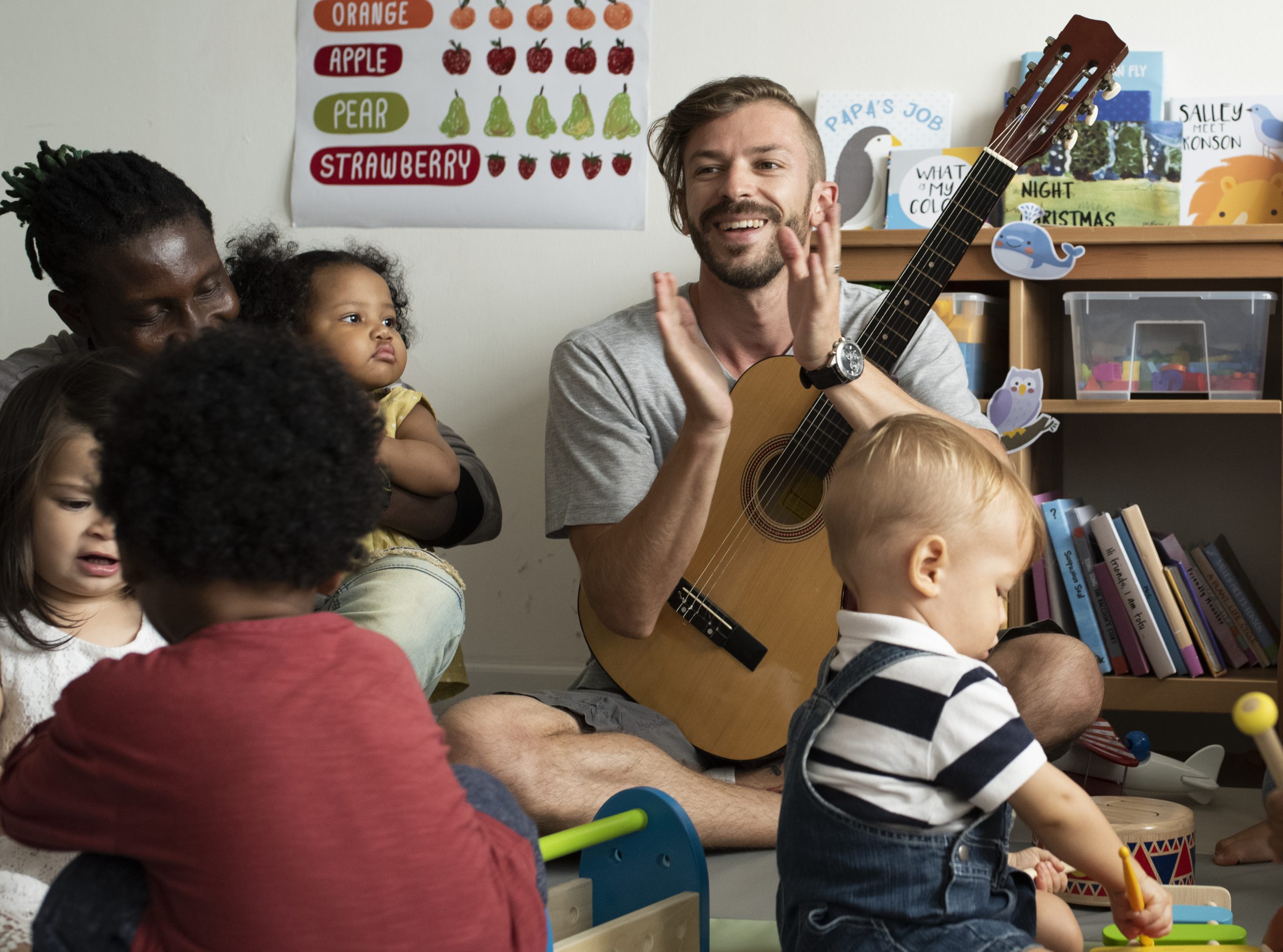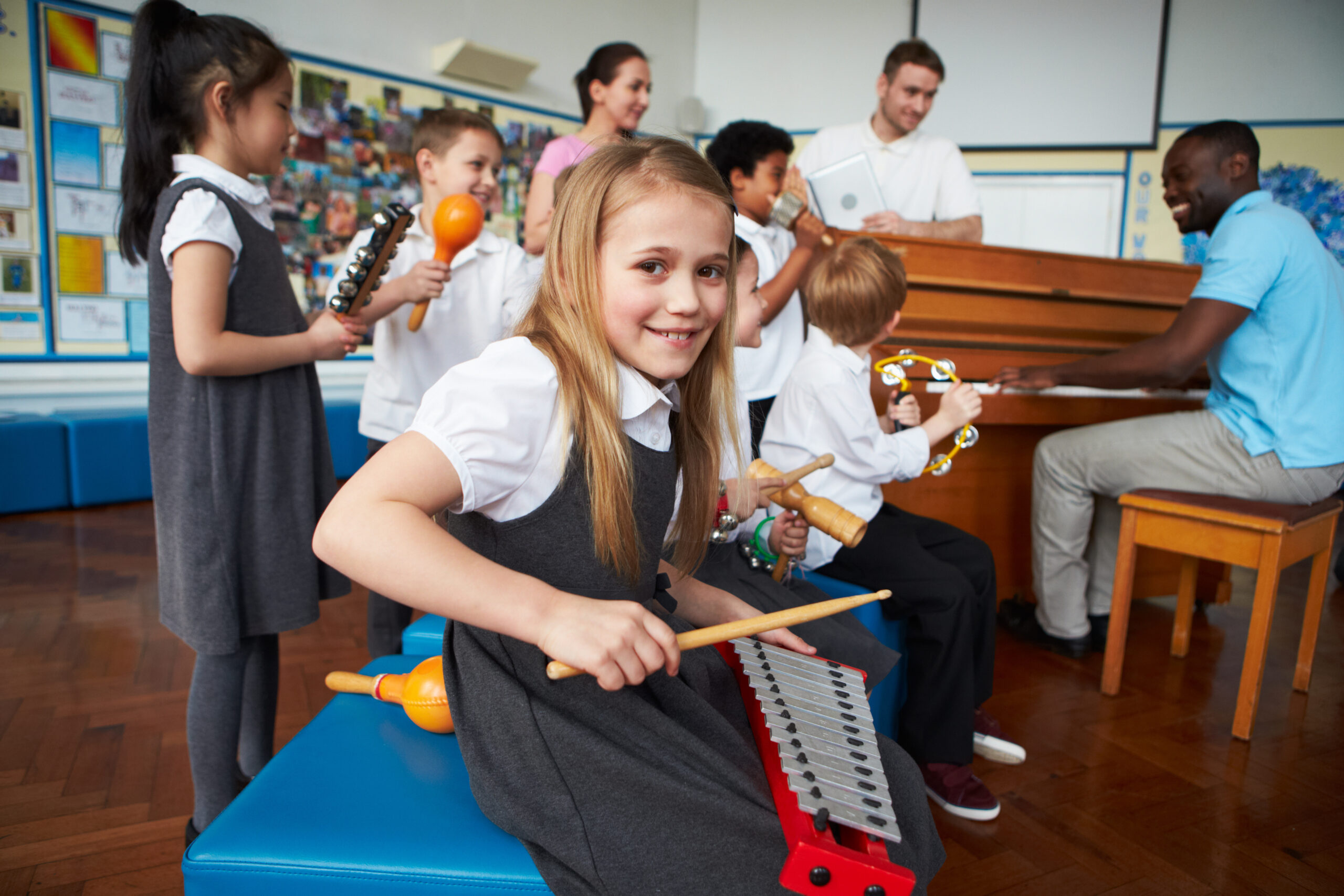
mix talked to Grietkin Deroo. For two years now, Grietkin joined Deep Bridge as Head of Education and Community and Arts manager. She expresses her vision and ideas about how she would like to mold and shape society to her teaching team and her students.
Her passion? Opening locked doors and creating growth areas!
As a music teacher, you unconsciously bring your own gender-related interpretative framework into every situation. How do you notice this in your music lessons? Among students? Or in yourself?
Grietkin: If you, deal as a teacher with gender fluidity in a normal, say unstressed way, then I notice that pupils almost automatically adopt this. I believe that my own open attitude is very decisive in this. If I personally do not consider it very important, for example, that Captain von Trapp’s characteristics can also be played by a girl, then the pupils hardly ask themselves any questions about it. In this way, I instantly create an open attitude in my class.
What is the importance of a teacher’s awareness towards gender diversity in the classroom?
Grietkin:
Many different cultures are present in a school context, each with their own perspectives on gender-related issues. I use the example of holding hands in a round. It has occurred to me that this way of making a group did not succeed, because in certain cultures holding hands is not common for both girls and boys. If you do not realise this as a teacher, it can lead to an inappropriate response. It can cause you to misinterpret the situation and to think that the group is not cooperating well. Your reaction might accentuate the problem or, at the very worst, make it more difficult. The key is that, as educators, to acquire enough contextual input in order to respond effectively. Being aware of what is going on between the teachers and the students or between students is very important.
What can educators do to respond to gender diversity in the classroom?
Grietkin: It is important to make the program as broad as possible in order for everyone to be able to relate to it. This is a very challenging goal for every teacher. Elaborating an educational program, choosing a repertoire and developing exercises enabling the involvement of students, as well as openness for discussion are crucial in this respect. What I have learned from my own practical research based on super-diversity in the city of Antwerp is this:
Every class is a social setting where superdiversity is a reality. A classroom is a mirror of society and this society is simply super-diverse. It’s not just about rich or poor, white or black, this region or that region… within each segment, each student has his own story and background.
In my opinion, there are two good directions here:
You can opt for an individual approach towards each individual student while knowing their background and their cultural and social context as much as possible.
Alternatively, you can use an approach that encourages the development of a new culture in the student’s musical practice. By building this new culture within your own practice, you discuss, step by step, important issues related to artistic development. In this way, for example, you can interpret the importance of touching each other or holding hands in terms of the importance of detail and nuance in art. In this way, you can gradually develop a new class identity based on the student’s individuality and their own background. When a group identity is manifested in this way, It is possible to proceed from interconnectedness and solidarity. Whatever unites us brings us closer to music enjoyment.
Grietkin Deroo’s golden tips for handling gender diversity through repertoire
- Introduce your pupils to gender fluidity and let them play different roles, so girls can be boys and vice versa.
- Women are composers too! There are often vivid gender stories in the lives of female composers. Just dive into the lives of Clara Wieck and Fanny Mendelssohn!
- Make use of gender-diverse examples when listening to excerpts or in analysing music. Never underestimate the power of a good example!
- Use musical examples. Gender fluidity is ingrained in musicals. Burlesques, outcasts, and definitely the adoration of the feminine!
- Look for examples on the Internet. YouTube, Spotify… there is so much available on the Internet that can be used in your lessons. Give attention to both male and female composers, directors and producers.
- Focus on the latest news in the classroom. Highlight what is relevant in the context of gender diversity. Initiate the discussion on a new approach.
- Engage your students in determining your topic of conversation. All of us know someone who is normal, unique or special in the gender zone.





